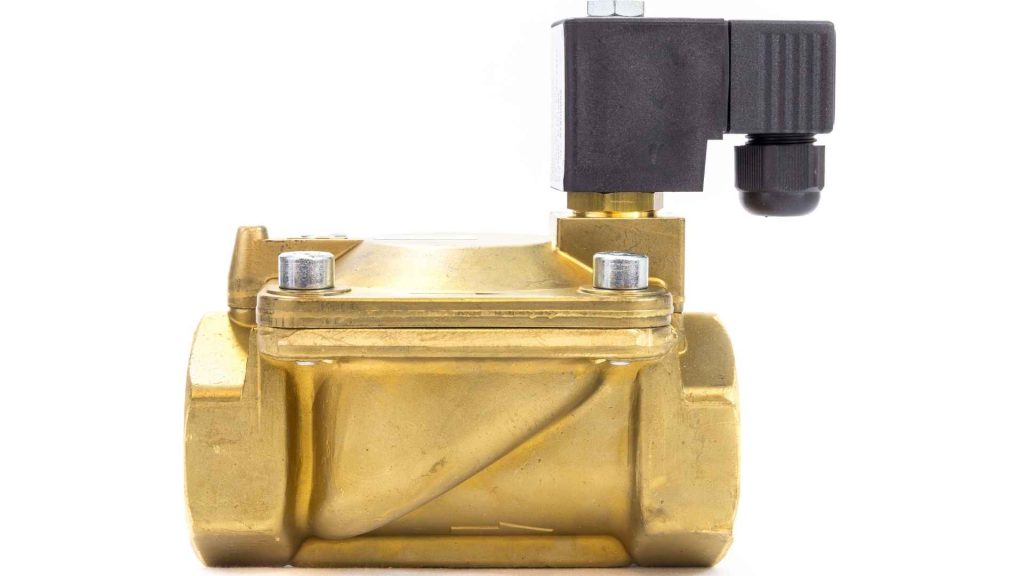
High pressure valves must meet several criteria. The main consideration is the safety. These valves must be capable of handling the pressure levels within the system without exploding. The standards for high-pressure equipment must also be adhered to when designing the valve. One example of such a valve is the QB3H. It was originally created for laser cutting with gases. Despite its success in this particular application, the valve is now widely used across many industries. Its compact dimensions and ability to regulate the flow of gases at high pressures makes it an ideal choice. The unit can control high pressures 1:1 and flow up to 50 SCFM.
It is also important to consider the material used to make high-pressure valves. The most commonly used material for the valve's seat and body is PTFE. Its low friction properties help prevent any leakage from the valve’s mechanical parts. Other common materials include polytetrafluoroethylene (PTFE), viton, and polyetheretherketone. A professional can help you choose the right high-pressure valve.
There are many materials that can be used to make high-pressure valves. The cheapest are made of ductile steel, which can absorb shock but is prone for corrosion. Brass and bronze valves can be used for the most extreme applications. Stainless steel is more expensive, but has high tensile strengths at high temperatures and excellent corrosion resistance. High-pressure valves made from stainless steel, monel and Inconel are the best.
Another important feature of high-pressure valves is their ability to handle a wide range of pressures. The most important thing to consider is the medium in which they will be used. This could be a liquid, a gas, or steam. They should be rated according to the process medium's inert, corrosion, hot, or cold properties. The valve's size is the most important thing to consider. The larger the valve is, the better.
High-pressure operations require that the pipe diameters be small. This makes high-pressure valves easier to use for small processes. In addition to this, the size of the pipe is a major factor in the design of the valve. These valves must be small and function well with a high pressure difference. These valves can cause severe damage to pipes if there is no balancing mechanism.
The material of a high-pressure valve is very important for the safety of the process. It is important to consider the material used for the body of the valve. Its materials should be corrosion-resistant, and it should not corrode easily. They should be easily replaced if they are required. Some high pressure valves can be operated manually, while others require high pressure settings. The material and type of the high-pressure valve must be compatible with the other components in the system.
What are the different types of high pressure valves?
Different types are available for different applications. Some are suitable for higher pressures while others are not. The materials of a high-pressure valve are important for certain industries. However, they should be corrosion-resistant. These types of valves are recommended by some manufacturers for certain applications. They should also be durable. This will protect your equipment. These are vital for many industrial uses. They should not have to fail or leak while working.
The material used to build a high-pressure valve should be compatible with its process medium. The temperature ranges of the process should be adapted to the materials used in this application. For instance, a high-pressure valve made of stainless steel will be appropriate for use in a high-temperature application. A similar material is also suitable for cold-pressure systems. It should not be resistant to abrasion. Once this is done, the high pressure valve should be able handle the temperature fluctuations in the environment.
It is important to choose the right material for high-pressure valves. In some cases, the materials used will be dependent on the environment. Some of the materials used in these systems must be corrosion-resistant. The valves must also be resistant to high pressure. These components must be able to withstand high-pressure levels. They should be able resist the temperature and pressure of any fluid being handled. The material must also be durable.
Click here for more information on high pressure valves: https://habonim.com/en/valves/high-pressure-valves/
